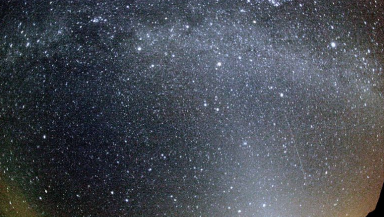
It is that time of the year again for the annual Orionid meteor showers. The spectacle of bright meteors brought to stargazers by the debris of the ever-famous Halley's Comet will be at its acme before the crack of dawn on Oct. 22.
But for starwatchers who would like to see as many bright lights in the sky as they can, the show stars at around 1:30 a.m. local daytime tomorrow. Around that time, they should have successfully scouted a nice spot to watch from. It is around 5:00 a.m. that watchers will see the shower at its climax.
According to The Weather Network, those who have the perfect spot can expect around 20 to 25 meteors lighting up the sky in an hour. This is already fewer compared to the Orionid meteor showers in the previous years and to what NASA expects.
"The Orionids will probably show weaker activity than usual this year," NASA Meteoroid Environments Office Bill Cooke astronomer said in a blog post. "Bits of comet dust hitting the atmosphere will probably give us about a dozen meteors per hour," he added.
The meteor shower is called that way because they spread out from the constellation Orion, particularly from the north region of Betelgeuse, which serves as its second-brightest star. The trick to easily spot these meteors is taking note of their speed.
For someone to fully enjoy the Orionid meteor showers, they will have to be in remote places, far away from the city lights. The meteors are predominantly faint and one cannot completely immerse himself in the experience in the midst of the urban.
Meanwhile, anyone from around the world can view the Orionid meteor shower via a live stream from NASA's Marshall Space Flight Center scheduled 10pm EDT. Those in Canada, which might be a little too cloudy when the shower begins, can tune in to a live stream from Slooh Community Observatory.













